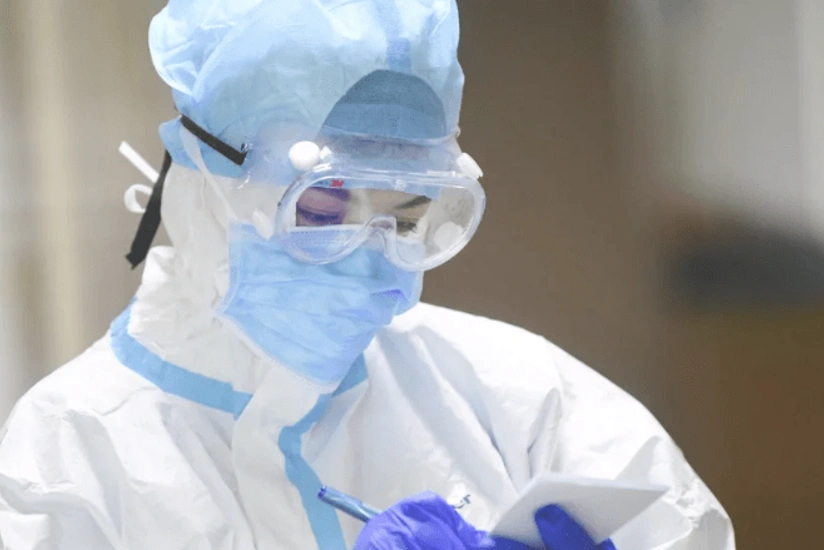American doctor: PCR test can show negative in people infected with Omicron strain
- 27 January, 2022
- 05:15

The new Omicron subvariant "can absolutely be detected through traditional surveillance mechanisms whether through rapid testing or PCR," said Dr. John Brownstein, chief innovation officer at Harvard University's Boston Children's Hospital, Report informs, citing ABC news.
"Conventional COVID-19 tests can show a positive or a negative result, but they can't determine specific variants. For that, scientists need to do additional genetic sequencing. Conveniently, the omicron variant has a particular genetic signature that allows scientists to quickly and easily determine if the sample is omicron or not," Brownstein added.
The new BA.2 subvariant does not have that feature, meaning scientists can no longer use this shortcut -- though they can still identify the subvariant using genetic sequencing technology. Because of this, the BA.2 subvariant has sometimes been referred to as the "stealth" variant.
The "omicron" strain of the coronavirus, or B.1.1.529, was found in November in Botswana and South Africa. According to experts, vaccinated people can be infected. The new version has already been identified in 110 countries. Omicron spreads faster than the previous delta strain.
